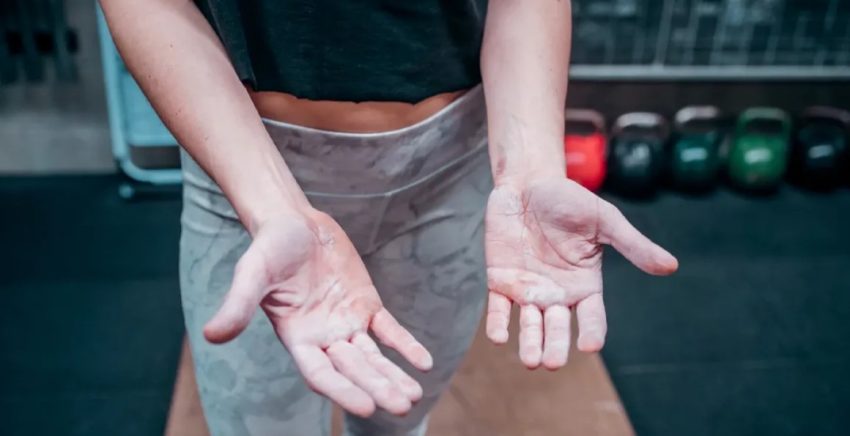Discover efficient methods to manage hand calluses, encompassing exfoliation, hydration, and safeguarding strategies. Alleviate discomfort and encourage recovery for smoother, healthier hands.
Addressing hand calluses comprises various steps to ease discomfort and foster healing. Here is a guide:
Soak your hands: Immerse your hands in warm, soapy water for approximately 10-15 minutes to soften the calluses. This will aid in the following steps.
Exfoliate: Gently remove dead skin from the callused area utilizing a pumice stone, foot file, or exfoliating scrub. Exercise caution to avoid excessive skin removal, as this may result in irritation or even bleeding.
Moisturize: Apply a rich, hydrating cream or ointment to the calluses post-exfoliation. This contributes to maintaining skin moisture and prevents further drying and fissuring. Seek products that include ingredients such as urea, lactic acid, or hyaluronic acid, which are effective in softening calluses.
Wear gloves: If your calluses arise from repetitive friction or pressure during activities such as weightlifting or gardening, contemplate wearing gloves to shield your hands. This can assist in preventing additional callus development and promote healing of existing ones.
Padding: For particularly uncomfortable calluses, consider using moleskin pads or gel cushions to provide support and alleviate pressure on the impacted area.
Avoid further irritation: Strive to refrain from activities or motions that exacerbate your calluses until they have healed. If feasible, allow your hands a respite from actions that induce friction or pressure on the concerned area.
Medical intervention: If your calluses are extremely painful, persistent, or disrupt your daily activities, contemplate consulting a dermatologist or healthcare professional. They may suggest treatments such as corticosteroid injections, salicylic acid applications, or, in some instances, surgical excision of the calluses.
Bear in mind that consistency is crucial when managing hand calluses. Be patient and committed to your skincare regimen, and with time, you should observe enhancements in the condition of your hands.
Do hand calluses vanish?
Hand calluses can lessen in appearance and discomfort with appropriate care and treatment, but they may not entirely dissipate, particularly if the activities causing them persist. Nonetheless, continuous care can soften and diminish the size of calluses over time, rendering them less conspicuous and less bothersome.
Are calluses detrimental to health?
Generally, calluses themselves are not intrinsically unhealthy. They represent the body’s natural response to repeated friction, pressure, or irritation, typically arising on the hands or feet. Calluses develop as a protective mechanism, thickening the skin in areas exposed to consistent rubbing or pressure to avert injury or damage.
However, while calluses themselves are not unhealthy, they may occasionally lead to complications if not adequately cared for or if they become excessively large or thick.
Are hand calluses commonplace?
Yes, hand calluses are typical and prevalent. They usually form in response to repeated friction, pressure, or irritation on the skin of the hands. This can result from activities such as:
Weightlifting
Playing musical instruments (e. g. , guitar, violin)
Manual labor (e. g. , gardening, construction)
Sports (e. g. , rowing, rock climbing)
Certain professions that entail repetitive manual motions (e. g. , woodworking, plumbing)
The formation of calluses is the body’s innate mechanism for safeguarding the skin from injury and establishing a defense against subsequent irritation. Although they are typical and frequently benign, they may occasionally become uncomfortable or even painful if they enlarge excessively or if they fissure and become desiccated.
Appropriate maintenance, such as consistent exfoliation, hydration, and evading extended friction or pressure on the hands, can assist in averting excessive callus development and preserving the skin’s health. Nevertheless, it is crucial to acknowledge that calluses themselves are a standard aspect of the body’s reaction to specific activities and are generally not a source of concern.
